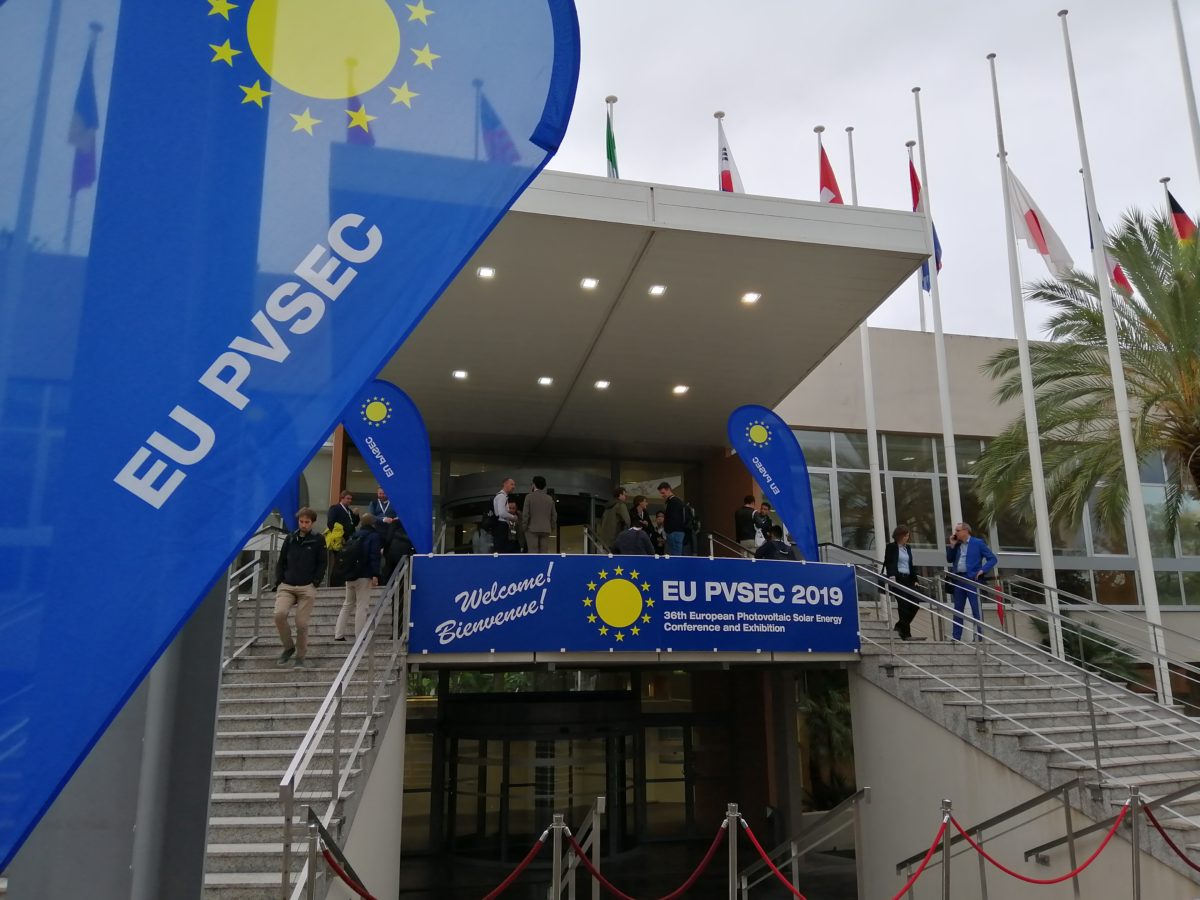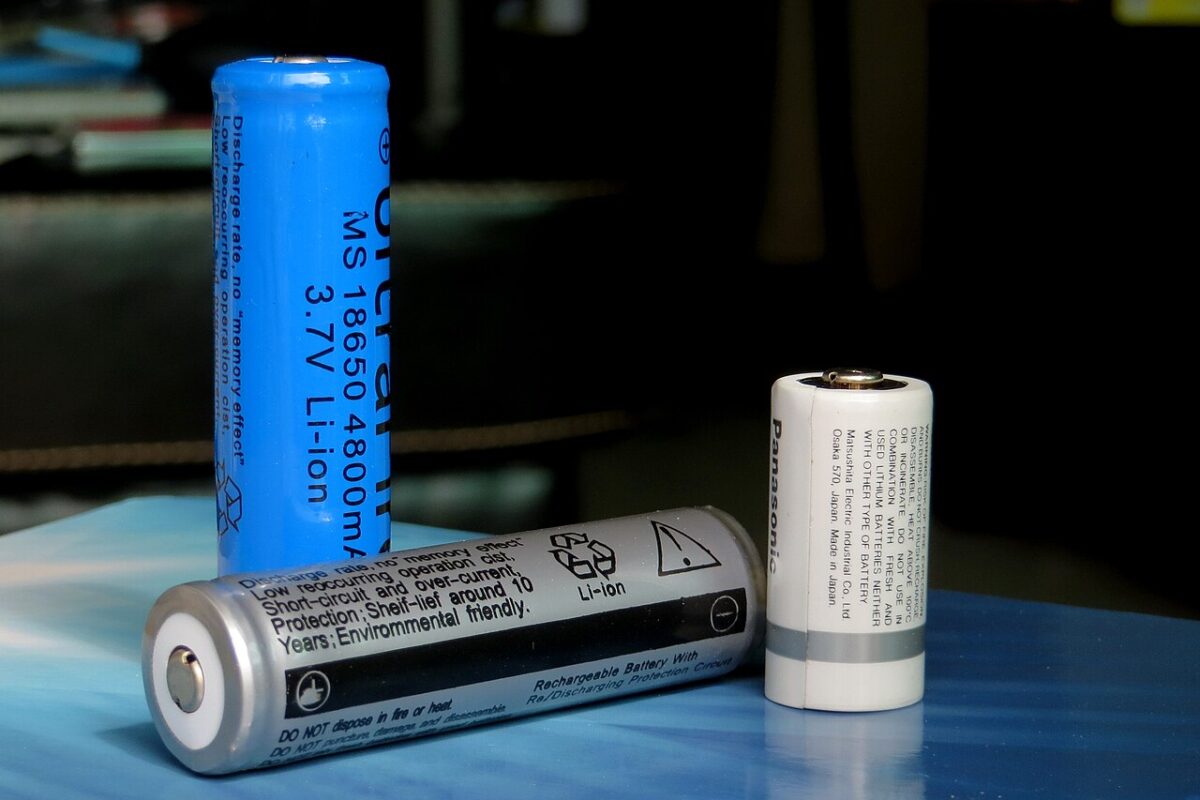As EU PVSEC draws to a close today in Marseille, pv magazine’s five key takeaways reflect how optimism raised by new efficiency records and other encouraging results from Europe’s leading laboratories was tempered by a more difficult situation for the continent’s manufacturing equipment suppliers.
Euro tech providers at a crossroads
The expertise and experience of Europe’s solar research community and production equipment suppliers, as well as the continent’s ability to produce pioneering PV materials is well established and was on display again this year at Europe’s leading technical PV conference. However, equally apparent was the troubling situation faced by many. Without a solar manufacturing community of note, an important component of the PV technology ecosystem is missing.
Speaking to PV production equipment suppliers attending an ever-shrinking exhibition on the sidelines of the main EU PVSEC show, few could boast substantial orders. While it is no surprise the main production game has moved to China – and to a lesser extent Southeast Asia – in Marseille it was striking how China’s manufacturing dominance is affecting European tech providers. That trend was particularly evident in cell production.
The dynamic displayed itself in the EU PVSEC program and proceedings. For more than a decade there has been a large number of technology providers to the PV segment in Europe but few presented new research at this year’s show. Proceedings were instead dominated by research institutes – which still have the budget to carry out fundamental solar-related work.
The event organizers addressed the lack of PV cell and module manufacturers in Europe at a session on the first day of the conference. During the meeting, attended by leaders of the research and production equipment sector, the case was made for European PV production. Eicke Weber, as chair of the recently formed European Solar Manufacturing Council, took part in the discussion and argued that when the latest high efficiency technologies are deployed along with high levels of automation in production, European PV manufacturing can be cost competitive.
Only time will tell whether efforts to foster ‘made in the EU’ cells and modules bear fruit. That it is needed as a key component of the European PV technology ecosystem has never been more apparent.
Wafers getting bigger, and fast
A rapid increase in wafer sizes was one of the major talking points among attendees at EU PVSEC, with the trend not always welcomed. Having already grown in the last 6-12 months, wafers look set to keep getting bigger.
There were informal reports among attendees that new cell lines in China, from major manufacturers such as Tongwei, Aiko and Trina, are requesting production equipment vendors be capable of supplying cell lines with sizes ranging from 210-220mm, with talk of 250mm being on cell producer roadmaps.
Bigger cells have been enabled by the almost universal usage of half-cut cells in module production. However, many claim upgrades – if not completely new module assembly equipment lines – will be required to handle larger cells.
There are also concerns such large cell sizes may introduce new quality issues at a range of production steps. Jutta Trube, divisional manager for photovoltaic equipment at German engineering association the VDMA, said the rush to larger cell sizes is resulting in a range of formats and said standardization will be required to ensure cost blowouts and quality.
Asset management advances
With a large installed base of utility scale PV projects, Europe provides ample opportunity for the advancement of technology for more efficient operation and maintenance. And there is plenty of interest.
A packed house greeted presenters at a session on the use of thermal and UV drone imaging of PV projects. Important developments included the processing of the resulting images by artificial intelligence (AI), and the creation of failure models. Remote applications could help asset owners make decisions about when to send crews to a project site for more detailed testing. Data is required for such approaches to become more mature, though, and developers are seeking datasets to feed into their models and AI.
The impact of soiling and approaches to cleaning also featured at the conference. Methods for determining the frequency of cleaning interventions were presented alongside findings about what types of cleaning – and brushes in particular – should be used. The challenge to cleaning with brushes is that they need to be sufficiently robust to clear dust but gentle enough to leave glass coatings intact. Martin Green, of the University of New South Wales (UNSW), attended sessions as part of his work to find coating materials to help keep modules cool. He summarized the dilemma neatly: “It seems like you shouldn’t use nylon brushes.”
Chicken and egg recycling situation
EU PVSEC saw a wealth of module recycling innovations on show, from optimized mechanical processes for recovering high volumes of glass and steel or aluminum frames to innovative processes for recovering smaller amounts of valuable materials within the module.
In one poster session, UNSW scientists unveiled an electrolytic process which they said has demonstrated 99% recovery of pure silver at around 75% yield. Other innovations included improved methods for sustainable module design and an assessment of the ecological footprint of PV electricity.
Recycling also featured in a side event on the second of the conference, with the need for accurate models of life cycle assessment and design standards that consider sustainability brought into focus.
What’s still missing is volume. Many of the processes and policy measures suggested for module recycling are untested at scale because the volume of end-of-life modules they seek to address is yet to arrive. Although multiple institutes are working on sophisticated models for life cycle assessment to get a better handle on the issue, it’s clear plenty more work is needed for the industry to address the several million tons of PV waste expected from 2030 onwards. That waste mountain will offer a $15 billion opportunity, according to the International Renewable Energy Agency.
It may take a decade or more before PV recycling’s chicken-and-egg situation resolves itself but it is encouraging to see innovation in the topic, and also to see European policymakers looking to get in front of the issue.
Perovskites in the post
A significant commercial interest in perovskite PV devices was clear at this year’s show and a plethora of new efficiency records for the technology, in various tandem cell iterations, was announced as the week went on.
It seems there is still plenty of debate about the ideal process for manufacturing perovskite solar cells, with encouraging results from labs and pilot lines working with slot die casting, inkjet printing and more, as well as the vapor deposition processes more common to thin film PV technologies.
Virtually all the interest in perovskite remains in the tandem cell option – the technology has made impressive advances in combination with silicon cells and this year’s conference saw the announcement of significant progress on perovskite/CIGS tandem devices – which offer the added potential of flexible and lightweight modules.
Other results presented at the show demonstrated scientists have found effective ways to manage the technology’s well documented stability and durability issues but the apparent lack of interest in perovskites as a standalone PV tech suggested such concerns still weigh on the minds of would-be adopters.
Significant interest in perovskites from cell and module testing equipment providers, who may face challenges in accurately characterizing and power rating such products, would seem to indicate another step down the line to a commercial product. Either way, it is beyond doubt perovskites have taken big steps out of the laboratory.
This content is protected by copyright and may not be reused. If you want to cooperate with us and would like to reuse some of our content, please contact: editors@pv-magazine.com.





By submitting this form you agree to pv magazine using your data for the purposes of publishing your comment.
Your personal data will only be disclosed or otherwise transmitted to third parties for the purposes of spam filtering or if this is necessary for technical maintenance of the website. Any other transfer to third parties will not take place unless this is justified on the basis of applicable data protection regulations or if pv magazine is legally obliged to do so.
You may revoke this consent at any time with effect for the future, in which case your personal data will be deleted immediately. Otherwise, your data will be deleted if pv magazine has processed your request or the purpose of data storage is fulfilled.
Further information on data privacy can be found in our Data Protection Policy.